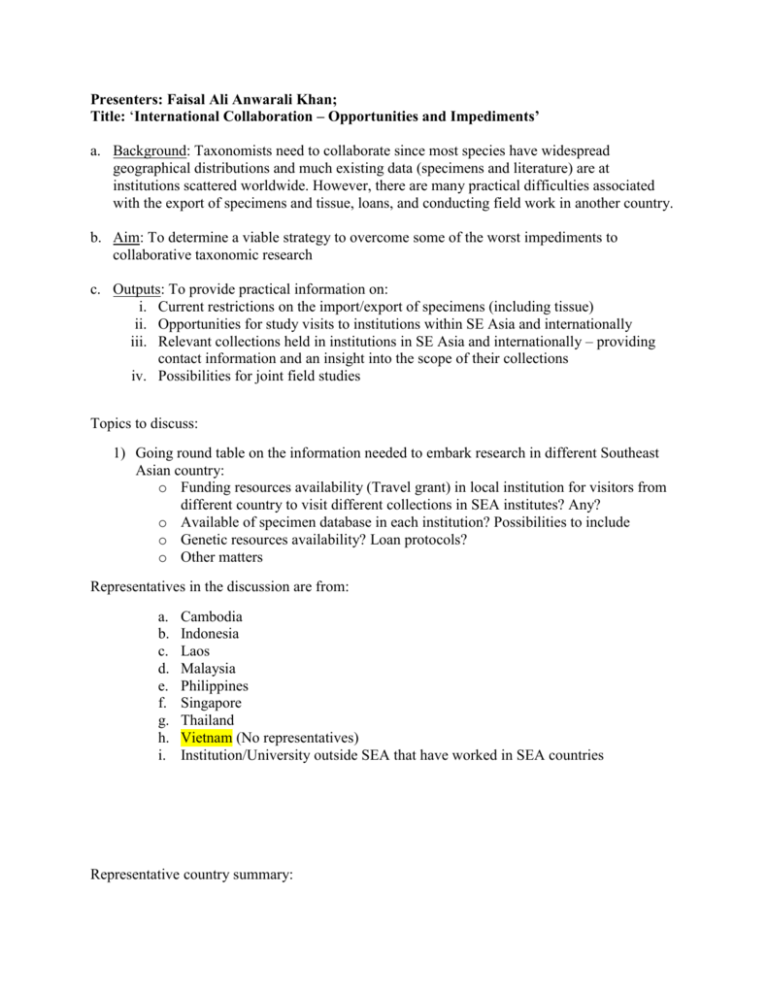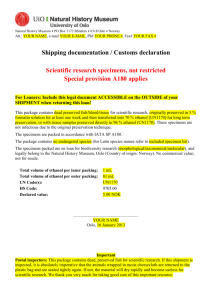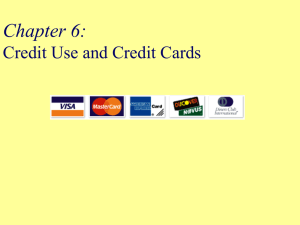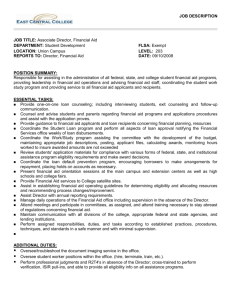International Collaborations Minutes
advertisement

Presenters: Faisal Ali Anwarali Khan; Title: ‘International Collaboration – Opportunities and Impediments’ a. Background: Taxonomists need to collaborate since most species have widespread geographical distributions and much existing data (specimens and literature) are at institutions scattered worldwide. However, there are many practical difficulties associated with the export of specimens and tissue, loans, and conducting field work in another country. b. Aim: To determine a viable strategy to overcome some of the worst impediments to collaborative taxonomic research c. Outputs: To provide practical information on: i. Current restrictions on the import/export of specimens (including tissue) ii. Opportunities for study visits to institutions within SE Asia and internationally iii. Relevant collections held in institutions in SE Asia and internationally – providing contact information and an insight into the scope of their collections iv. Possibilities for joint field studies Topics to discuss: 1) Going round table on the information needed to embark research in different Southeast Asian country: o Funding resources availability (Travel grant) in local institution for visitors from different country to visit different collections in SEA institutes? Any? o Available of specimen database in each institution? Possibilities to include o Genetic resources availability? Loan protocols? o Other matters Representatives in the discussion are from: a. b. c. d. e. f. g. h. i. Cambodia Indonesia Laos Malaysia Philippines Singapore Thailand Vietnam (No representatives) Institution/University outside SEA that have worked in SEA countries Representative country summary: - Cambodia, Ith Saveng o Nat Hist Collection at RUPP (started in 2006, but has expanded in the last 2 or 3 years quite quickly) o Lots of NGOs involved in conservation in Cambodia doing prelim surveys (from UK, US) and collected many different animals o Most specimens are from frogs and small mammals (mostly bats) o Tissue collection is a recent – also frogs and bats o Preserved in an ice cream freezer (-5), in 95% ethanol o No official protocol, but there are resources like Harrison Institute that loan the specimen out o Request letter to institute involved (e.g. forestry administration, ministry of environment) – we want to loan this specimen (about 1 week to 1 month to finish this letter) and send it to the institute o It is possible to send the specimens out of country o Request permissions from ministry and attach that with the outgoing loan o Non-CITES institute o Digital collection exists in Excel file o Contact Person: Neil Furey o No funds available for visiting collection o Accommodations: Neil’s couch (2-3 people)?? - Indonesia, Ibnu Maryanto o Mus Zoo Bogor (LIPI) o Can provide loans, but only between museums (cannot provide to universities because of previous issues) o Database: Access file, holotype data available (birds, amphibians, mammals still working on it) o Tissues available (mostly in 95% ethanol) o Contact: Ibnu Maryanto, Sigit Wiantoro, Maharadatunkamsi o Travel fund is only for Indonesians o Doing DNA work in the mammal lab at MZB is possible, but must organize beforehand - Laos, Bounsavane Douangboubpha o Faculty of Environmental Sciences at Nat University of Laos in Vientianne o No tissue samples available (specimens collected in 70% ethanol) o Excel database o Loan protocol unclear – no one else has loaned out specimens beside Boun and his students, so they have just created packing lists and sent it out o Contact person: Boun o Boun is willing to facilitate sending, but the problem is paying for shipment o No funds available - Malaysia, Jayaraj Vijaya o No real place for the collection, has been kept in his house, but eventually will be at Uni (since it’s quite new) o Excel database o Tissue (90% ethanol) o Contact person: Raj o Loan protocol: email Raj o Problem is that Raj cannot send it out of country o No travel funds available o Travel to there, Raj can negotiate with the dean to get some accommodations - Malaysia, Faisal o Dept Wildlife supposedly has the best collection in Malaysia, usually preserved in ethanol o UNIMAS now has -80 samples o Infrastructure for alcohol vs. skin vs. skull in separate places exists o Different in peninsular Malaysia vs. Sarawak o If you are in pen Malay, go through fed govt and then wildlife dept to do anything o If you are in Sarawak, only contact Sarawak forestry (which has a good relationship with the uni) and then explain to them what your research is about and list what you want to do. Apply for a permit through Sarawak forestry and that’s it o But do not have CITES permit (takes about a month to get through this kind of paperwork though) o Sabah is similar in this case, contact Sabah park and Sabah wildlife dept. Typically, contact uni and they will assist you in the whole thing o Summary: if you work collaboratively, you’ll be fine and collaborator shall make the arrangement with the Economic Planning Unit, DWNP and other authorities base on the information provided by the researchers o No travel funds available, but typically if you are working with a uni, the uni can provide you housing at the very least at UNIMAS - Peninsular Malaysia, Steve Rossiter and Tigga o UKM – lot of the genetic resources are in Zubaid’s lab in a -20, there’s a -80 in the genome center, but they are diff departments and it’s not a central facility. o Zubaid has all the stuff Steve and his students have collected but will readily make that available to everyone o UM – collection is somewhat scattered and facilities a little lacking but they have some good specimens there - Philippines, Philip Alviola o Nat Mus of Philippines (Manila) & Uni Philippines (Los Banos, 2 hours south of Manila), total of about 10,000 o There are standardized forms for loan – state your purpose o Between museum and university is okay, use uni loan forms o CITES approved institution o Permit process in Philippines is quite tedious – at least 4 months – have to do national permit, local permit, and also be aware of if there are indigenous people o NMP does not keep tissue there, tissues get sent out to U Kansas or FMNH o Excel database o No travel funds o Accommodations – Philip’s place or UP housing - Singapore, Susan Tsang and Ian Mendenhall o Raffles Museum of Biodiversity Research, NUS o Mostly new genetic material through various biologists in Dept Biological Sciences o Contact: Kelvin Lim o Loan protocol, contact Kelvin and he will facilitate o Excel database o CITES approved institution o Ian – loan for what he has collected also - Thailand, Pipat Soisook o PSU museum – 70% of the bat species found in mainland SEA in fluid and dry collection o For most of that there is tissue and echolocating call database o Contact person: Pipat o Excel database – available on website soon o Loan Protocol is quite easy – PSU will manage it, letter from director, letter for CITES, etc. They will facilitate that o No travel funds, but they will provide guest house to visitor at PSU on campus (normally for public it’s $16 per night, but free if visit through MoU and they will provide some per diem for transportation and dinner) - Brunei, Steve Rossiter o National Museum of Brunei – some resources available but not a ton o Excel database? o Contact curator of natural history (Prince Omar Ali) o Accommodations – none, there are youth hostels in town though o Lots of skins, ethanol specimens - Vietnam, ask Thong later







